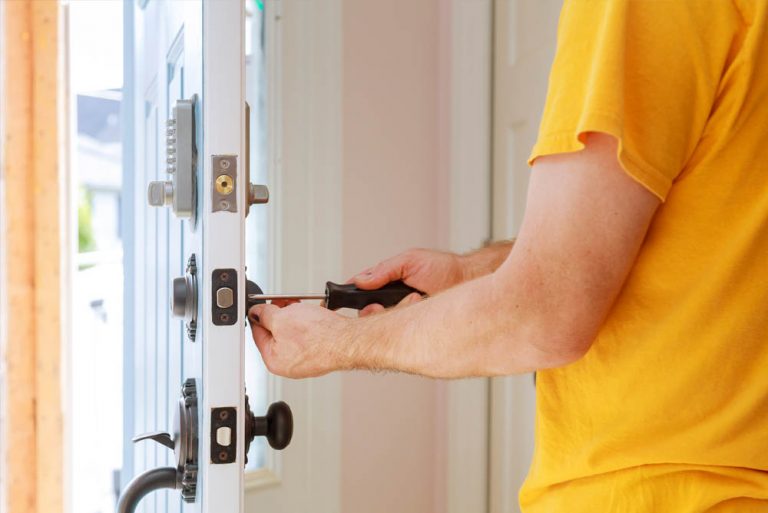Hurricane, tornado, and flood seasons are here — maybe they never went away. Prepare now so you’ll know what to do in case the worst happens.
The weather is changing, and not for the better. More tornadoes, longer droughts, and worse floods are here to stay. Knowing how to prepare for them can give you some peace of mind.
Documents
Gather important papers now, copy them, and put them in a portable file or locked box so that you will be able to grab it and go in the event of an approaching storm. A backup set of photographed copies should be in the cloud or another location with a remote backup service. Some things you might want to include:
- Medicare and other health insurance cards, extra prescription medication, and doctors’ phone numbers.
- Your birth certificate, Social Security card, marriage certificate, driver’s license, and passport. Also, any diplomas or military papers. Take photos of the front and back of each credit card. You may also want to compile an emergency contact list with phone numbers of friends and professionals. In the event that your cell phone dies and cannot be recharged, you could still contact them from another phone.
- You may also want tax records, including receipts for business expenses (although ideally these are already photocopied and accessible on your phone).
- Your insurance policy number and the phone number to make a claim. Also, be proactive and take a video of your home. Narrate as you inventory all your possessions as well as where you bought them and how much you paid. Choose from a list of mostly free online software to create this home inventory.
Disaster Kit
Documents are not the only thing you will want readily available. Prepare a disaster kit https://www.ready.gov/kit to include the following items:
- A gallon per person of purified water, which should last several days.
- Non-perishable food, such as canned soup or chili, and a can opener.
- Flashlight with extra batteries.
- First-Aid kit.
- Whistle in case you need to signal for help.
- A mask to protect from dust or other particles, such as an N95.
- Moist towelettes, plastic bags, and ties for personal hygiene.
- Cell phone charger and backup power.
- Plastic sheeting and duct tape to make your own shelter.
- Wrench or pliers to turn off utilities — water, gas, and electric (unless needed to run a sump pump).
- Local map.
Before a Storm Hits
- If a hurricane or other storm is heading your way, follow these tips from the National Weather Service Weather Forecast Office:
- Tune in to the National Weather Service for regular updates.
- Make sure vehicles are filled with gas.
- Inspect and secure mobile home tie-downs.
- Bring lawn furniture, trash cans, tools, and any other loose items inside.
- Cover all window and door openings with shutters, plywood, or other shielding material.
- Get some extra cash since ATMs will not work if flooded.
During a Severe Storm Warning
If you are in a warning area, here is what you need to do:
- Closely monitor the radio for official bulletins.
- Follow instructions provided by local officials. If you are told to evacuate, do it.
- If you have to evacuate, try to leave during the day. Stay with friends or relatives at a low-rise inland hotel or motel, or in a designated public shelter as a last resort.
- If you live in a mobile home, leave. The same goes for homes near rivers, flood plains, coastal land, and on offshore islands.
- Hurricane winds are stronger at higher elevations. If you live in a high-rise, leave.
- Notify neighbors and family members regarding your plans.
- Put food and water out for a pet if for some reason you are unable to bring it with you. Be advised that most public emergency shelters and many hotels/motels do not allow pets.
- In case of flooding, know beforehand where you can go to reach higher ground and even where you might want to park your second car, if applicable (such as the middle level of a parking structure).
Sheltering In Place
- If you are staying in your home, either because you have not yet been ordered to evacuate or you have decided not to evacuate, here is what you should do:
- Turn your refrigerator to its coldest setting, and do not open it unless absolutely necessary.
- Turn off utilities if authorities ask you to.
- Turn off propane tanks.
- Fill bathtubs and large containers with water to have access to hygiene in case the water shuts off.
- If winds become strong, everyone should go to the basement unless flooding is likely, Otherwise, take shelter in an inner room on the first floor, if possible, such as a bathroom or closet with no windows since flying glass is a major hazard. Keep a thick blanket, mattress, or any other protective material handy to pull over you and lie down.
After the Storm
What you will do next will depend on the degree of damage or any lasting flooding, but here is a good start:
- Check on your neighbors. If you are able to do so, check in with older adults and those with disabilities first to ensure they are alright.
- Avoid standing water. Hazards may lie below the surface, or it could be contaminated or electrified.
- Report downed power lines.
- Continue to monitor media for weather and aftermath information.
- Stay away from damaged areas and let professionals make repairs.
- Assess any damage to your home.
- If your home is damaged, contact your insurer regarding coverage.
Sources:
https://www.parentgiving.com/elder-care/5-steps-to-protect-against-extreme-heats-effects-on-seniors/
https://www.aarp.org/money/investing/info-08-2012/protect-important-documents-and-valuables.html
https://www.weather.gov/media/hgx/tropicalwp/WhattoDo.pdf
https://dhsem.colorado.gov/info-center/readycolorado/colorado-hazard-information/wildfire






